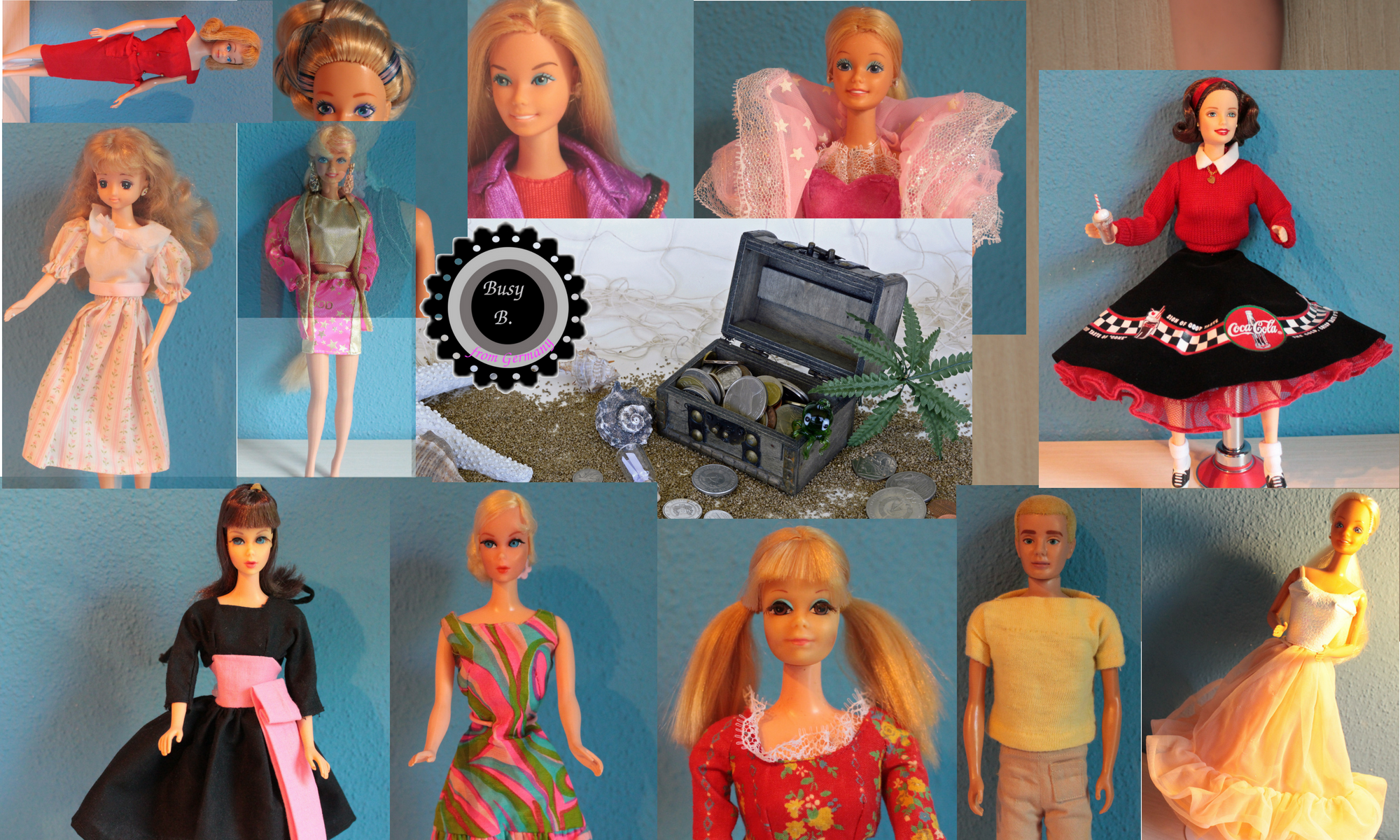This is a typically question that comes up every now and then when you talk with other collector about the topic.
The Talking Barbies I talk about here were first introduced into the market in 1967/1968. They have a pullstring mechanism that makes a record spin inside the doll in miniature format.
One of my Talking dolls ( no Barbie but a normal Walking -Talking doll from around 1990) also had these little records. More abilities to do something leads to less space inside the doll. Maybe I’m a little bit old school here but I like these dolls. Maybe that’s why Talking Barbie began to fascinate me later.
Almost every collector I know likes them but not all of them are aware what to look for and what not. I for example have another look on Talking Barbie than someone who just wants to have one in his or her collection.
I want to repair them when I buy them. I’ve only bought one Talking Barbie just for fun. The other ones were bought to be repaired.
When you buy a Talking Barbie there are several things you should look for. The main thing to do is to check if you see an offer if the doll is complete or not. I don’t recommend to buy incomplete dolls because you will get problems to find the missing parts. Keep in mind here that these dolls are popular. They are sought after. If you are unsure if the doll you are interested in or not, ask another collector. Some of them are friendly and willing to help.
One of the weakest constuctions of Talking Barbies are her legs. They tend to fall of all the time. In my opinion this is a construction problem. Maybe body and the rubber of her legs did not like each other? I’m not chemist but I can assume.
Some daddies came up with solutions for the fallen of legs. Some used screws to fix the legs but inside the body they damaged the mechanism so that the doll won’t be able to talk anymore. Practically it looks like this inside:
